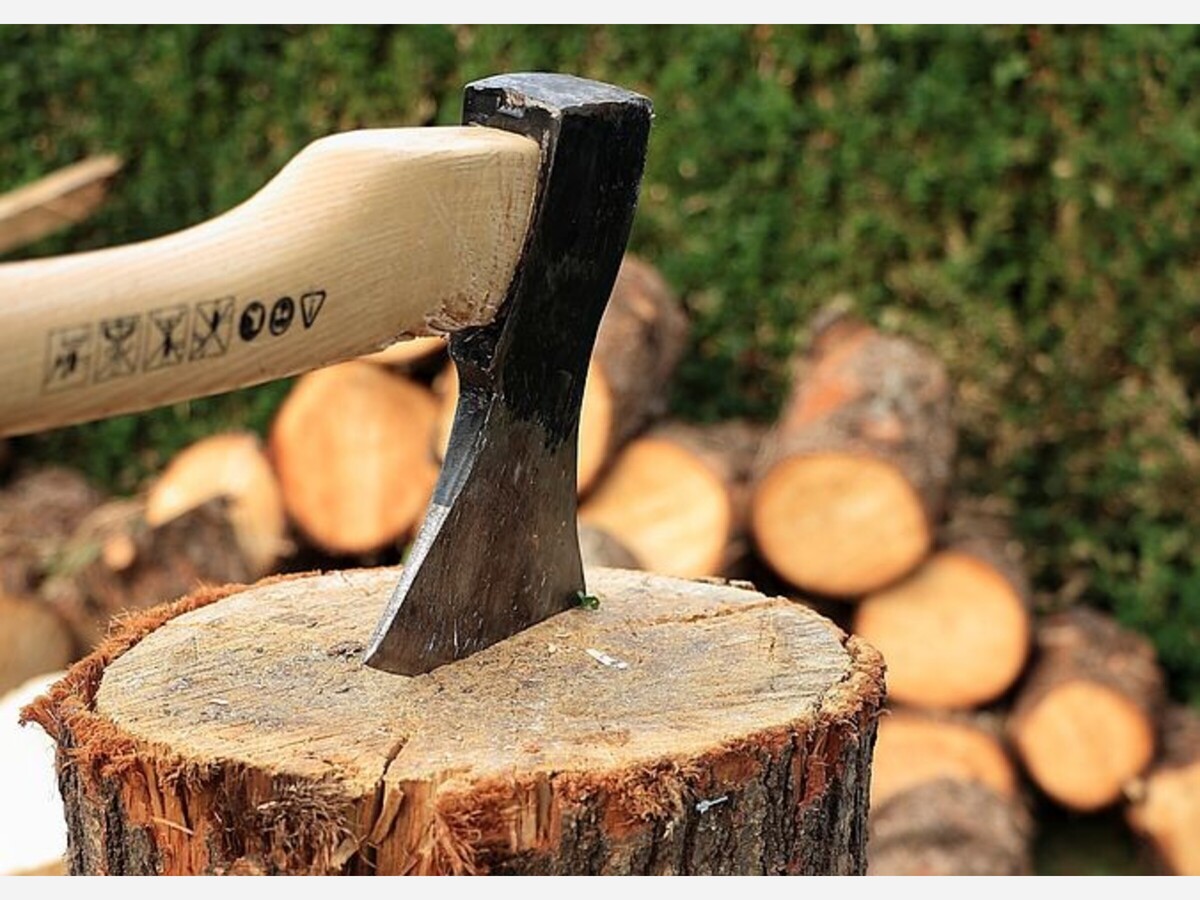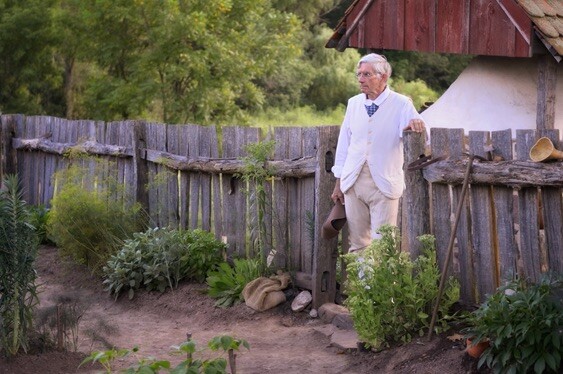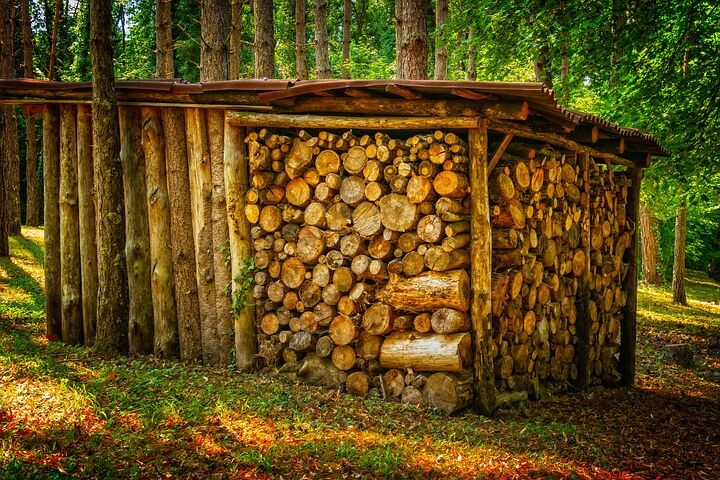Image


by Bob Wood*
Henry David Thoreau, American naturalist, essayist, poet, and philosopher, maintained that, "Every man feels affection toward his woodpile."

The idea of a firewood shortage in 18th century Philadelphia seems inconceivable since Penn’s woods was then a vast and forbidding wilderness. The Rev. Henry Melchior Muhlenberg notes in his 1743 journal, “The settlements here are completely surrounded by forest.”
One of Muhlenberg’s colleagues told his superiors in London that he could not send a proper report as he had no idea how many members were in his congregation. He had no way of counting them; they all lived in the woods and when he went out to find them he generally got lost.

Of that time, one recent author blogs, “Clearing the land was a burdensome task, but it was approached with fervor. Settlers developed a dislike for trees and for the forest that perpetually surrounded them. One early traveler shared these sentiments as he wrote in his travel journal, ‘Reaching a settlement is like a feast for an inexperienced traveler—to see sunshine on some open grounds. To view clear fields. You seem to be relieved from the secret uneasiness and involuntary apprehension which is always in the woods.’ ”
Consequently, the first settlers “practiced not the least economy” with their woodlands. Also, as noted, the dark Pennsylvania forest primeval populated with wolves, mountain lions, “savages,” and who knew what other frightening beasts was often viewed as an enemy in itself to be destroyed. Leveling the forest was likely seen as a virtuous contribution in civic responsibility.

In any case, the later 18th century Philadelphia diarists and authors bewail the high cost of firewood, if it was to be had at all. Apparently, the rapid settlement around the cities of Philadelphia and Lancaster led to firewood shortages and then a fuel crisis in the urban areas.
Except for the Germans’ five-plate stoves, closed stoves were nonexistent. All heating and cooking was done on the open hearth. Open burning consumed vast amounts of wood and provided almost no heat as the chimneys of the day lacked dampers or constricting “throats.”
Lacking smoke shelves or reduced flues of any sort, the early fireplaces were, in effect, large holes open to the sky. A good-sized house might consume twenty or more cords of wood a year. However, Benjamin Franklin noted that the large fireplaces provided a “good room for the cook to move,” but heat a room they did not: “the cold air so nips their backs and heels…that they have no comfort….Tis next to impossible to warm a room with such a fireplace.” Many Philadelphia houses had a fireplace in every room which they kept going day and night.

Even a laboring class family in 18th century Philadelphia required at least five cords of wood a year. During the 1750’s, and 60’s, wood prices fluctuated from 18 shillings to 22 shillings per cord. With twenty shillings to the pound (Pennsylvania currency), this was a steep price. A workman earned three to four shillings per day. At four shillings per day, it would have taken five days’ labor to buy a cord of wood. At times during the British occupation of Philadelphia in 1777-78, wood was not to be had for any price.

In addition to fireplaces, much wood was consumed for building construction and to fire brick kilns and iron furnaces. Early Philadelphia was a town built, in large part, of brick. In the earliest days of Philadelphia, the abundant “brick earth” and virtually free wood fueled numerous brick kilns that consumed enormous amounts of wood. It was reported that at certain times, smoke could be smelled a hundred miles or more out at sea.
Although somewhat distant from the cities, iron furnaces consumed vast amounts of wood for charcoal. Oley Furnace, for example, consumed 840 bushels of charcoal every twenty-four hours; it was “in blast” requiring two acres of woodland per day.

But the 18th century urban wood shortage was not due to any lack of trees in Pennsylvania. The problem was freight costs. In the day when every wisp of hay and scoop of oats and rye had to be planted, harvested, and transported by hand, the cost of feeding a four or six horse team was not trivial. Too, roads were little more than mud lanes, quagmires when it rained and washboards of frozen ruts in winter. Bridges were rare. Fording streams was the norm; and if the water were high the teamsters just waited by the bank until the level receded. Heavy freight wagons called “Conestoga wagons” for the local area where they were first built, were common by 1750, but they averaged only about fifteen miles a day—more when the roads were good, but the roads were seldom good.

It cost one to two pounds (Pennyslvania) to transport a ton of iron from the Colebrookdale Furnace to Philadelphia. A cord of green hardwood weighs in at almost two tons! It’s a wonder that firewood in Philadelphia didn’t cost more.

It seems reasonable to assume that fire wood rafts would have been floated down the rivers to the city, but of that I find no mention.
What ultimately solved the problem was the development of a great variety of closed stoves and the availability of coal. Chronic fuel shortage was the impetus for the outlay of capital to build the Schuylkill Canal (opened 1828) that brought upstate coal to Philadelphia. Coal was the fuel of 19thcentury Philadelphia, but that’s another story.
********
Bob Wood, writer, artist, potter, historian, presenter, and volunteer, has published four books and hundreds of columns on local history for local news media. He is a popular presenter at area historical societies and invites the public for wide-ranging discussions held at Studio B Fine Art Gallery throughout the year. Dates of his appearances are published in local media, on www.studiobbb.org or on Studio B Art Gallery’s Facebook page. January 2023 programs are listed below.
January, 2023, 1:00-2:00 pm at Studio B Art Gallery, 39A E Philadelphia Ave, Boyertown, PA
Encore Presentations, newly revised
January 8: Some Interesting Stories About Very Early Schooling in Germanic Pennsylvania—Many early Germanic immigrants seemed to have “No great itch for learning,” so early schooling—such as it was--could be called spotty at best.
January 15: Water Power on the Perkiomen and its Many Tributaries—A fresh look at the hundreds of various mills that dotted the banks of local streams, many mills running until well into the 20thcentury.
January 22: A Fresh Look into the History, Legend, and Lore of Berks County’s Mountain Mary—Rather than fading with time, the story of Mountain Mary grows ever more complex.
January 29: The Medieval Mind and the “Little Ice Age”—‘A Strange and Wondrous Succession of Changes in the Weather’— Into the Medieval mindset, seemingly exotic and bizarre to modern minds, came erratic and often bitterly cold weather.